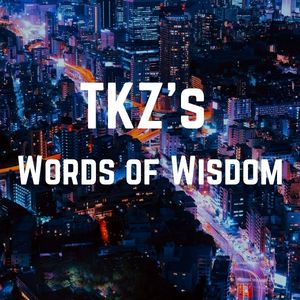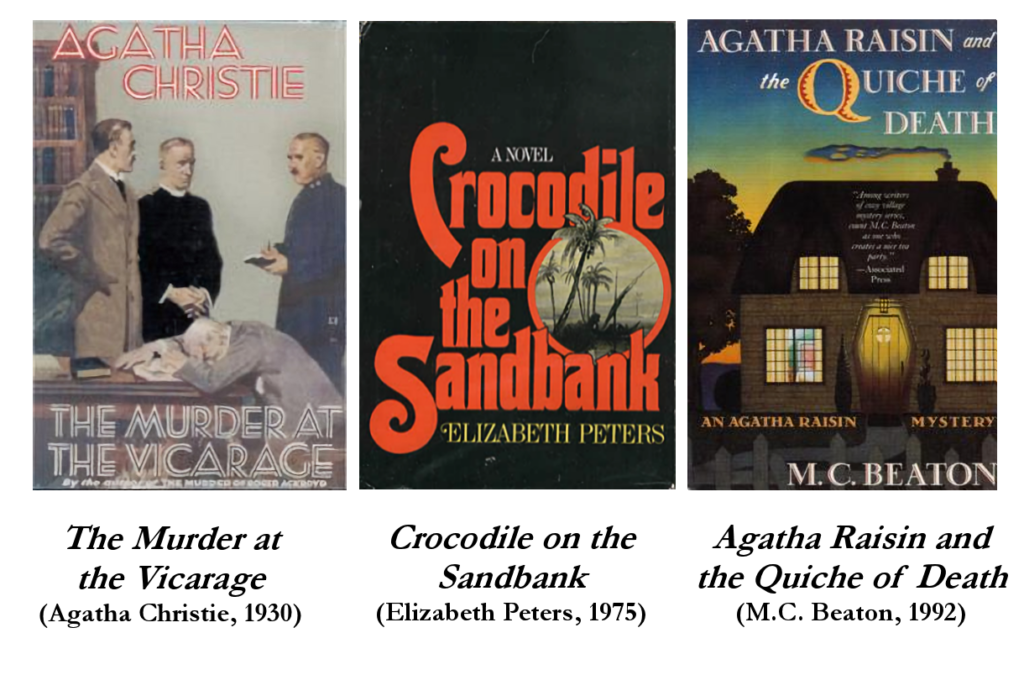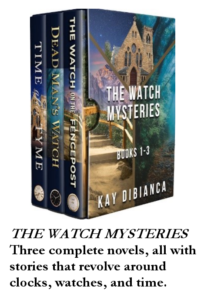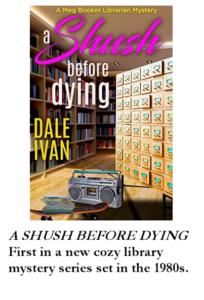Writing can be a joyous activity, but it can also be stressful at times. The same goes double for publishing. There’s so much to juggle, and try to track. Agent queries, markets, edits, publishing schedules, the list is endless, whether you are traditionally published, an indie, or a hybrid author. Finding ways to relax and manage distractions can be enormously helpful. Today’s Words of Wisdom gives tips on doing just that, with Jordan Dane, James Scott Bell and Steve Hooley each providing valuable insights and methods on using everything from meditation to power naps.
As always, the excerpts below are worth reading in full, and are each linked from their respective dates.

Recently I served on a panel at the Romance Writers of America annual conference on the topic of “Care and Feeding of the Writer’s Soul.” Below is only a fraction of the empowering presentation put on to a full house by Ellie James, Trinity Faegen, and yours truly. I had no idea how important our message would be to the attendees who found us afterwards and hugged us with tears in their eyes. So my message today is to take care of YOU.
1.) Meditation – Meditation isn’t about chanting “Ohms” and contorting your body. ANY repetitive action can be considered meditation—walking, swimming, painting, and knitting—any activity that keeps your attention calmly in the present moment. When your mind is at rest, the brain can be stimulated in a creative fashion.
2.) Visualize Being Relaxed – Imagine a relaxing setting away from your tensions, your perfect dream spot. This could be a vacation spot or a fancy luxury spot where you are pampered. Visualization could also include something you touch to trigger that feeling of calm—a silk robe, warm water, or a cashmere sweater.
3.) Breathe Deeply – Relaxed breathing is deep, not shallow. Get in a comfortable position and let out all the negativity in a deep expelled breath through pursed lips. Drop your shoulders to release the tension and imagine your core as the powerful place of your strength. Keep your mind focused deep into your power spot and consciously expel the stress with each breath. Breathe in the new and expel the negative until you are renewed. Believe it and make it so. Do this TEN TIMES and feel your body relax more with each step.
4.) Take a Look Around You – Something an author should do anyway. Keep your mind focused on one thing. No multi-tasking. Stay in the moment and focus on one thing or activity. Staying in the present can help promote relaxation, without all the clutter the mind can generate. If you are outdoors, focus on a bed of flowers or the sound of the birds. If you’re in a mall, keep your attention to one window, maybe one pair of shoes. Focus on how it was created, examine the details. Tell a story about that one object. As long as you focus on one object in the present, stress will take a backseat.
5.) Drink Hot Tea – Make a moment in your day to have a cup of tea. Go green. Coffee raises levels of the stress hormone cortisol in the body, while green tea offers health and beauty. Chamomile tea is a traditional herbal favorite for its calming influence. Any black tea is a stress reliever too.
6.) Show Love – Cuddle your pet or give an unexpected hug to a friend or family member. Giving a hug is like getting one back. Snuggling is good too. Snuggle that spouse who supports your writing. Social interaction helps your brain think better. Ever try a hug or snuggle for writer’s block? Physically showing affection—like stroking your pet—may actually lower your blood pressure. It can’t hurt.
Jordan Dane—August 16, 2012
Just as a Molinist theologian can contemplate an infinite number of contingent realities, so you, the writer, have an infinite number of ways you can get distracted, going off in different directions based upon a single pop of a cerebral synapse, one little soft-pawed frolic of a popcorn kitten.
So what’s the cure?
Here is a simple trick that can change your life. All it requires is some paper and a little mental discipline.
I call it Nab, Stab and Tab.
First step is to nab that thought. Recognize it for what it is—a siren’s song to leave whatyou’re focused on and slide into Alice’s rabbit hole. You might even say it out loud. “My crazy mind wants me to go on Google right now!”
Next step, stab. You want to nail the thought to your desk so it doesn’t hop around in your head. You do this by writing it down. That’s all. I have scratch paper nearby for just this purpose. So in the scenario above, if I suddenly remembered I want to explore guest blogging, I’d write guest blogging on the paper.
Then I immediately forget about it and get back on task! This is the key moment, the forgetting. Get back to work on your WIP!
Finally, when I come up for air and have some time, I’ll give each thought a tab—I assign it a level of importance, using the A, B, C method (which I detail in my monograph, How to Manage the Time of Your Life).
A is for highly important, must-do.
B is for what I’d like to do.
C is for items that can wait.
If there is more than one A item, I prioritize these with A1, A2. Same with any Bs and Cs.
Next, I estimate how much time each task will take. I use quarter hour increments. So a task might take me .25 hour or .5 or a full 1 or 2. Whatever.
Finally, I put the A tasks into my weekly schedule in priority order. If there’s enough time, I’ll put in the Bs. The Cs I usually put off.
This may sound complicated, but it takes only a few seconds to nab and stab. And only a few minutes to tab and schedule.
Yet the benefits are profound. Less stress, more focus on you primary work.
James Scott Bell—February 14, 2016
Boys in the Basement and the Default Mode Network
The really interesting research has revealed how much the brain goes on working when we are not concentrating, working, or focusing. A “mysterious and complex circuit stirs to life when people are daydreaming.” This is called the Default Mode Network (DMN).
Immordino-Yang, a research scientist at USC, in a review of research on the DMN, argues that “when we are resting, the brain is anything but idle and that, far from being purposeless or unproductive, downtime is in fact essential to mental processes…”
Other research suggests the Default Mode Network is more active in highly creative people.
Power Naps
So, if we need to turn our DMN loose to do creative things for our brain, we should take more naps. Right? Many studies have established that naps “sharpen concentration and improve the performance of both sleep-deprived and the fully rested…”
Here, the interesting data is in the length if naps. One study looked at 5, 10, 20, and 30-minute naps. The five-minute naps barely improved alertness. Ten minutes and higher increased performance, but the 20 and 30-minute naps were associated with half an hour or more of “sleep inertia” (post-nap grogginess). The study concluded that 7-10-minute naps were best.
Restorative Breaks and Mindfulness Training
Here’s my favorite. Breaks taken in a natural outdoor setting (vs. in a setting full of city noise and chaos) led to a 3-times greater improvement in memory. I wonder how the sound of my chain saw (requiring ear protection) affects the benefit of the “natural outdoor setting.”
And, finally, “mindfulness training” (sustained focus on one’s thoughts, emotions, and sensations in the present moment) is believed to “improve mental health, hone one’s ability to concentrate, and strengthen memory.”
Steve Hooley—December 18, 2021
***
- Have you tried any of the techniques Jordan discussed to help you relax? Do you have a technique she didn’t mention that you’d like share?
- How do you manage overwhelm and keep your brain focused? Have you tried JSB’s nab, stab and tab?
- Have you tried power naps and/or restorative to help with your creativity and recharge? Do you have favorite method of your own to help with your focus?



 The other day, I stumbled across writing advice that was only half-true. The advice said to never use yes or no questions in dialogue. The writer made a valid point that yes/no questions stop the action. True. But that’s only half right.
The other day, I stumbled across writing advice that was only half-true. The advice said to never use yes or no questions in dialogue. The writer made a valid point that yes/no questions stop the action. True. But that’s only half right.







 The rhetorical triangle is a concept that rhetoricians developed from the Greek philosopher Aristotle’s idea that effective persuasive arguments contain three essential elements: logos, ethos, and pathos.
The rhetorical triangle is a concept that rhetoricians developed from the Greek philosopher Aristotle’s idea that effective persuasive arguments contain three essential elements: logos, ethos, and pathos. Let me preface this post by saying, discussing my personal struggles with pain is my least favorite subject. The only reason I’m even broaching this subject is because I discovered a cool connection between writing and pain management, and I hope it’ll help those who need it.
Let me preface this post by saying, discussing my personal struggles with pain is my least favorite subject. The only reason I’m even broaching this subject is because I discovered a cool connection between writing and pain management, and I hope it’ll help those who need it. The word “success” has various meanings. Some writers stay laser-focused on the end result, but I propose that we step back, slow down, and view success as footprints in the sand. Each footprint represents one day.
The word “success” has various meanings. Some writers stay laser-focused on the end result, but I propose that we step back, slow down, and view success as footprints in the sand. Each footprint represents one day.